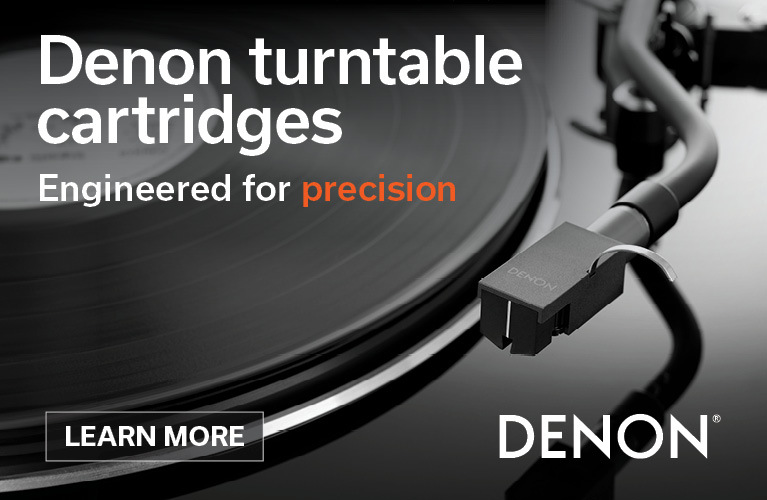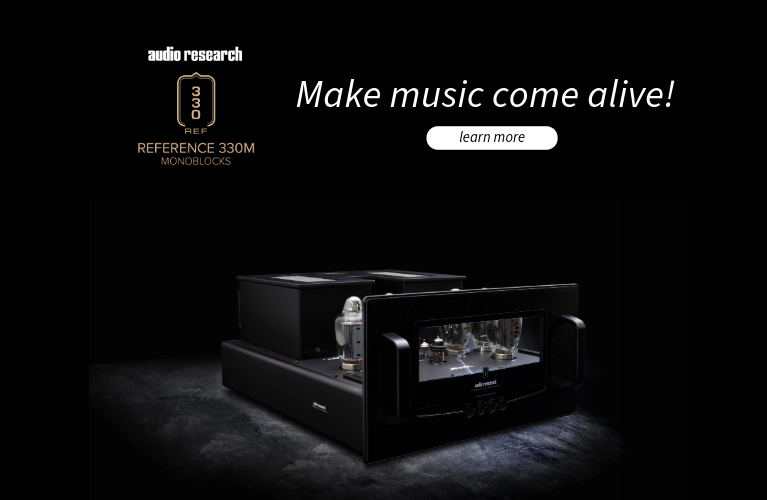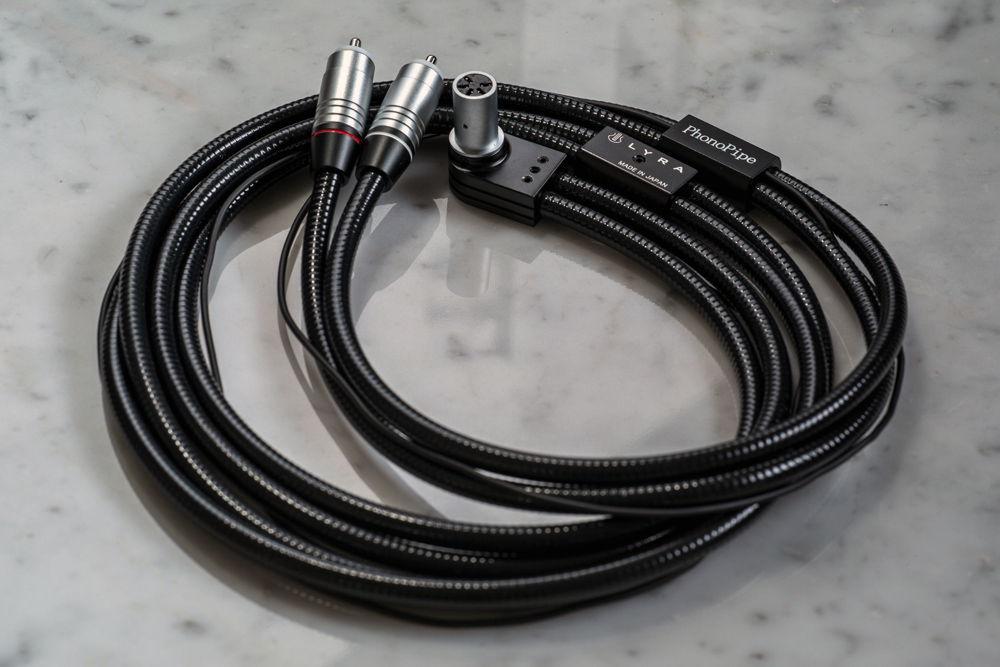Founded by a trio of vinyl replay artisans including American cartridge designer Jonathan Carr, Japanese master craftsman Yoshinori Mishima and Norwegian business strategist Stig Bjorge, Japan-based Lyra Analog has been manufacturing cartridges and components since 1986. Originally established under the name Scan-Tech, then rebranding to Lyra Analog in 1991, the company’s products are renowned for their exceptional transparency and dynamic capabilities. Lyra Analog’s mission is to create enduring products that combine original design, advanced engineering and optimal materials application. So, are those values reflected in the ‘PhonoPipe’ phono cable?
Down The Pipe
Lyra’s current product line-up includes four moving coil cartridges, the Lyra PhonoPipe cable and a Moving Coil Step Up Transformer called Erodion EVO that also uses the Lyra PhonoPipe as its inbuilt connection cable.
This review focuses on the Lyra PhonoPipe which continues the Lyra tradition of offering exceptional sound and build quality. The Lyra PhonoPipe is carefully handmade to ensure the purity of sound is the same from PhonoPipe to PhonoPipe. Lyra designer Jonathan Carr focused on making a phono cable of very low capacitance, in order to work with Lyra cartridges that have very low internal impedance of, typically, between 2 ohms and 10 ohms. The construction of a low capacitance cable enables greater loading options at the phono stage. Higher value resistance at the phono stage helps prevent reduction of the cartridge dynamics, transparency and tracking ability.
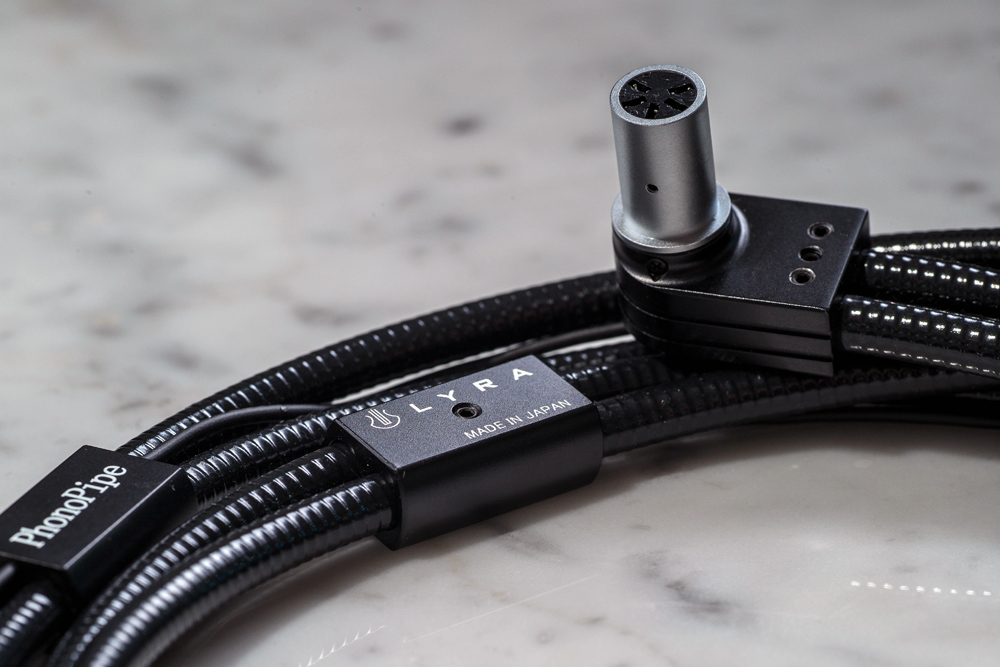
Each channel features solid copper conductors of a high purity of 99.9999% that are placed inside non-conductive tubing. Arranged in twisted form inside the Pipe with an air gap separating the conductors. Air is a superior dielectric (insulator) and this results in lower capacitance than a solid dielectric material. Including the connectors, the Lyra PhonoPipe only measures 32pF (pico Farad) a very small measure of capacitance. A unique five pin input connector separates the right and left channels at the tonearm base for minimised crosstalk. The 5-pin connectors are available in straight or 90-degree versions.
The Lyra PhonoPipe’s low crosstalk figure ensures accurate stereo imaging during vinyl playback. PhonoPipe is available fitted with either RCA or balanced XLR connectors. Each channel is built within its own rigid but flexible hollow shield. This black shield has the look of overlapping rings rather like an Armadillo's armour coat. On closer inspection the outside cable sheath is wrapped from start to finish in a spiral of hard but flexible material that creates a strong but lightweight covering. It is a tactile pleasure when connecting and routing the Lyra PhonoPipe due to the engineering design. The use of two separate shielded cables for each channel further ensures low capacitance and crosstalk.
The custom RCA connectors fitted to the cables for this review use a minimum amount of metal to further reduce the capacitance of the Lyra PhonoPipe. Inside the RCA fittings are highly polished metal 'hot' pins and for the negative run very fine 0.7mm diameter polished wire formed into hexagonal circles that grip the corresponding female RCA fittings. Nonconductive joiners at two points along the PhonoPipe's 120 cm length connect the right and left channels and the earth wire together. The earth wire is terminated with a user-friendly spade to attach to the user's phono stage earth point. I personally connect the earth to the phono stage and run a second earth wire from the step-up transformer SUT to the same phono stage earth point in a Star Ground arrangement to avoid earth hum issues.
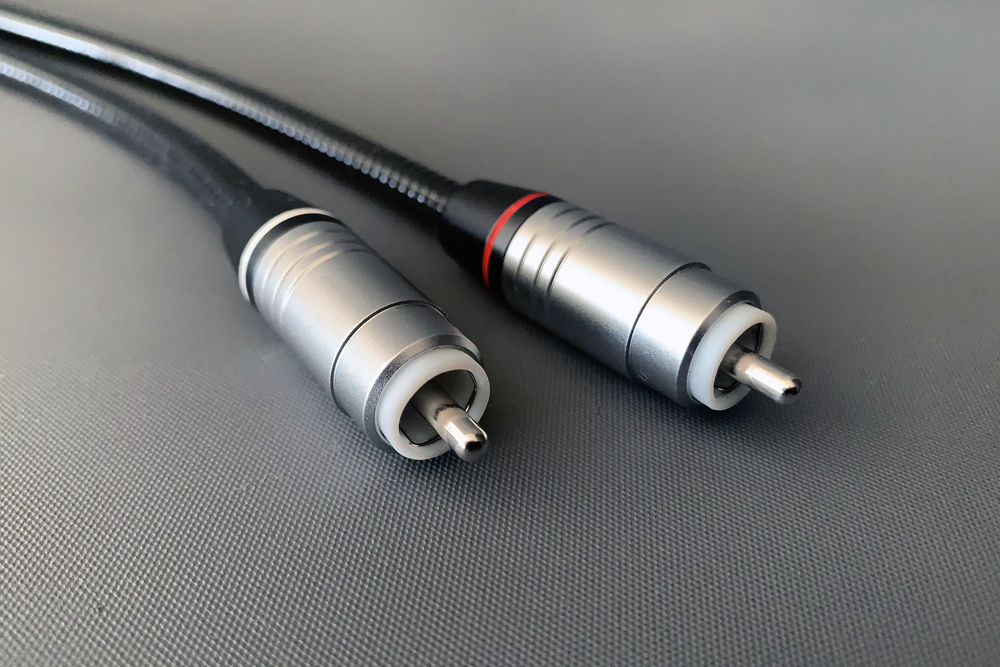
Cables can make or break the synergy and sound of a stereo system and, as the quality of components improve, so does a sound system’s ability to expose components used in the production of the music and its sound qualities. Confoundingly, debate can still be found as to whether cables have any effect on a system’s sound quality. Are there, perhaps, other system related reasons for not perceiving cables’ influence? For this reviewer, the Lyra Phono Pipe came across as delivering all the detail and dynamic punch with wide and deep soundstage that a well setup vinyl-based system can deliver.
Pipe Dream?
Using a brand-new moving coil cartridge under review that has an internal impedance of 6 ohms was a great way to start the listening off. The In Sound From Way Out! is an instrumental album composed and played by the Beastie Boys and it features some great trip hop style jazz that is very well recorded and produced.
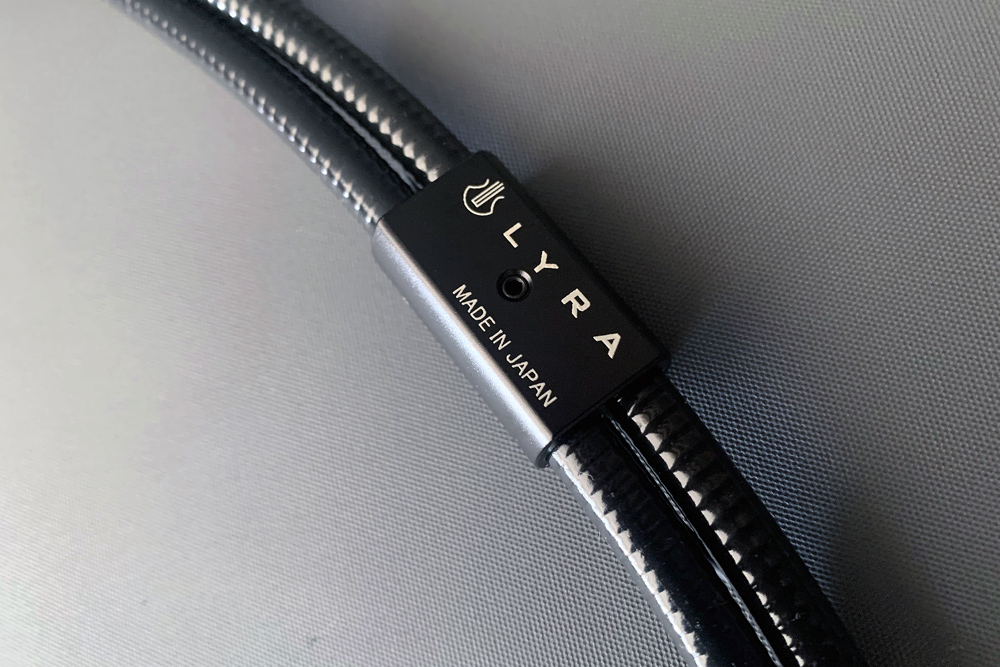
Listening to this album through a well set up turntable, the cartridge and Lyra PhonoPipe combination reveals clear, fast and dynamic percussion with drum rim taps coming out the speakers like shots, such were the dynamics produced. Instrumental separation revealed that the stereo crosstalk was very low through the cartridge and Lyra PhonoPipe. Also very low was the noise floor, with no discernible hum coming from the speakers showing the ability of the PhonoPipe to add little to no signature to the sound. It gets out of the way and just allows the music to flow. A wide soundstage with impressive three-dimensionality forward and above the speakers really bought the tracks to life. The Lyra PhonoPipe lends itself very well to this fast paced and punchy music.
Prince’s One Nite Alone was released in 2002 on purple and black splatter vinyl. I have read unfavourable views on the noise that coloured vinyl can produce but I didn't hear it on this album. In fact, it’s possibly one of the best recordings I have from Prince's large body of work. Largely piano based, the album is steeped in melody, clarity and large dynamic swings. The piano goes so low that the resident subwoofer had the concrete floor shaking during moments of intense bass notes. Struck piano strings reminded me of why the piano is known as a percussive instrument rather than a stringed one.
Moving the Lyra PhonoPipe over to a vintage Japanese moving coil from the 1980s, with an internal impedance of 4 ohms, is probably closer to the impedance of Lyras’ moving coil cartridges. Next on the play list is the American hard rock band Dorothy’s The Way album, released in 2025, featuring Dorothy Martin on vocals along with a very tight band in support. The first track “I Come Alive” starts off reasonably soft and tame with powerful singing from Dorothy, then the guitars and drums hit with sonic intensity. A wide and tall sound stage is present with good projection in front of the speakers. The combination of the vintage cartridge and Lyra PhonoPipe allows for a clear sonic window into what can be complex and fast music. Dynamics do seem a little restrained when compared to the following album played, but a lot of modern recordings seem to be compressed perhaps for FM radio or streaming. The revealing sound portrayed through the Lyra PhonoPipe demonstrates that the cable is just being highly revealing and neutral in its musical presentation.
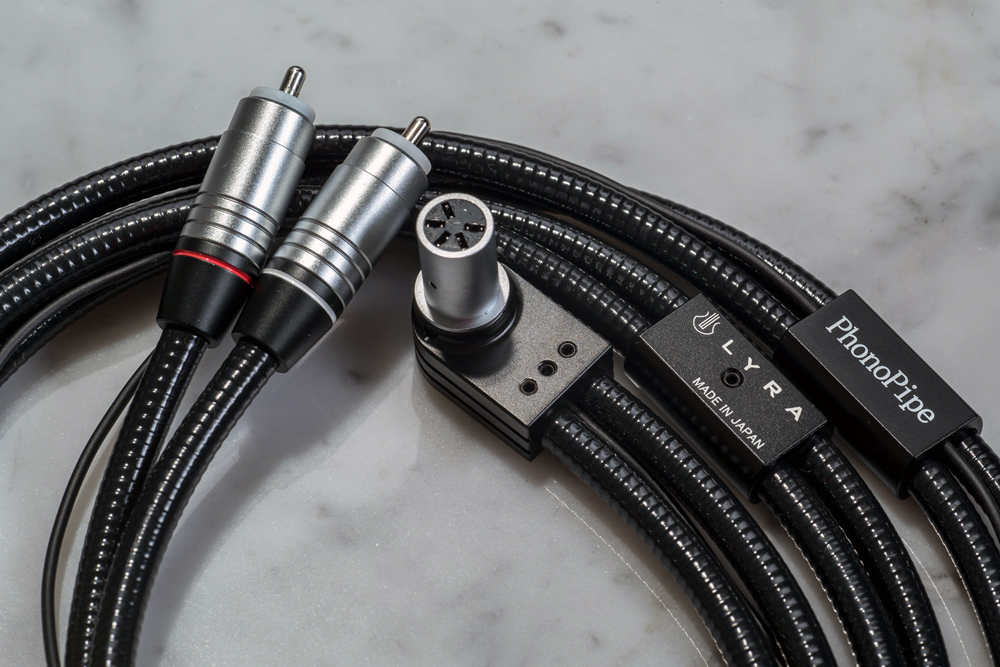
The next album is from 1971 featuring Brazilian bossa nova singer Astrud Gilberto and American saxophonist Stanley Turrentine and band, with the recording done by engineer Rudy Van Gelder. This is a very ‘open’ sounding album that allows the listener to hear the studio space. Astrud Gilberto comes across with real presence, so much so that it feels as if she is in the room with you. The first track “Wanting Things” just emanates from the speakers with a naturalness to the instruments while Gilberto’s vocals are so clear and rich. The whole album is soaked in rich harmonics and the Lyra PhonoPipe allows for the full effect to come over the listener. The second track “Brazilian Tapestry” starts with the rich and soulful sound of Turrentine's tenor sax with elegant violins for company. A percussive triangle rings clearly through the mix with just the right metallic bite. Bass notes from the guitar richly underpin the beautiful music.
Conclusion
The Lyra Analogue PhonoPipe is an extremely well-designed cable suited to low impedance cartridges, such as the beautiful sounding Lyra range of cartridges and many others. Its engineering, design and flexibility allow straightforward routing and connection to tonearms and phono accessories. The build quality is exceptional while the size and gauge are practical, and not something that requires cable wrestling.
Sonically, the PhonoPipe stays true to Lyra’s values of clarity, neutrality, dynamic realism, and a vanishingly low noise floor. It’s an outstanding addition to the Lyra Analog lineup. It’s also aptly named; with Lyra’s PhonoPipe cable the music just flows...
… Mark Busby
www.soundstageaustralia.com
Associated Equipment
- Speakers – Yamaha NS-1000M, custom 18-inch subwoofer
- Preamplifier – PS Audio BHK, Music First Audio step up transformer, EMIA two-box tube phono stage
- Amplifier – Yamaha B1, Musical Fidelity Tri-Vista 300, Leak Stereo 60, restored Leak Stereo 20
- Sources – Analogue: Technics SP10 Mk3 turntable with Stax UA7 Tonearm, Garrard 410 and SME V arm, Thorens TD 124 Mk1 with Woodsong bearing, SME 3012 silver wired tonearm, Music Maker 3 moving iron & DS Audio DS-003 optical cartridges, Soundsmith Paua, Miyajima Labs Kotetu, Kiseki Blue cartridges, Tube Sound Audio phono stage, Sansui TU-717 tuner. Digital: Marantz CD-12/DAC-12
- Cables – Vertere Pulse-C, Revelation Audio Labs
Lyra Analog Phono PipePhono Cable
Price: AU$2699
Australian Warranty: Two Years
Australian Distributor: Pure Music Group
+61 409 504 805
www.puremusicgroup.com
Lyra Analog
MIBS Distro
Gig Harbor, WA
United States of America
+1 253 209 6792
https://lyraanalog.com/index.php

